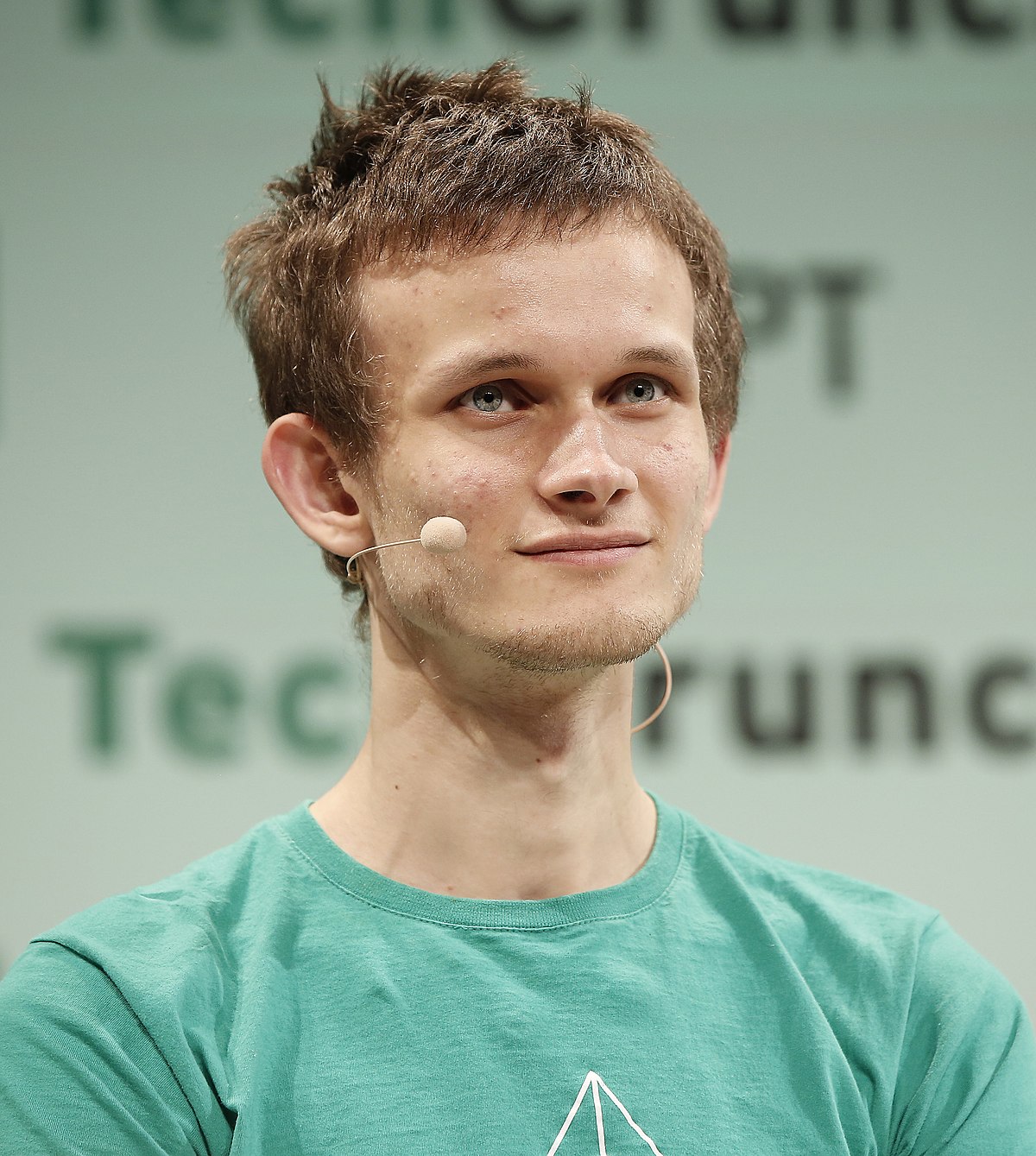Vitalik Buterin Champions Minimalism for Ethereum Layer-2 Success, Cites Celo’s Transition
Ethereum co-founder Vitalik Buterin has outlined a minimalist approach for building successful layer-2 (L2) blockchains, emphasizing reliance on Ethereum’s strengths like security, data availability, and censorship resistance.
Responding to Jason Chaskin, who leads app relations at the Ethereum Foundation, Buterin advocated for L2s to focus on sequencers – ordering transactions – and provers – verifying transaction validity – rather than rebuilding complex systems from scratch. He stated: “Now, with Ethereum L2s, you can achieve it. And we’ve already seen successful examples of the L1’s features protecting users’ rights if something on the L2 goes wrong.”
Chaskin sparked the discussion by suggesting that most layer-1 blockchains should transition to Ethereum L2s, pointing to Celo’s recent shift as a model.
Celo’s move reduced inflation, streamlined code, accelerated block times, and tapped into Ethereum’s vast developer community.
Buterin’s minimalist strategy aims to deliver the trust minimization and efficiency that enterprise blockchains struggled to achieve in the 2010s, positioning L2s as a strategic path forward for networks facing competitive pressures.
This vision aligns with the Ethereum Foundation’s recent roadmap to integrate a zero-knowledge Ethereum Virtual Machine (zkEVM) by July 2026, as announced by developer Sophia Gold on July 11, 2025.
The plan replaces traditional block execution with zero-knowledge proofs (ZK-proofs), allowing validators to verify transactions efficiently without re-running blocks.
This shift underscores Ethereum’s push to enhance scalability and efficiency, encouraging other blockchains to build on its robust infrastructure rather than compete as standalone layer-1s.


